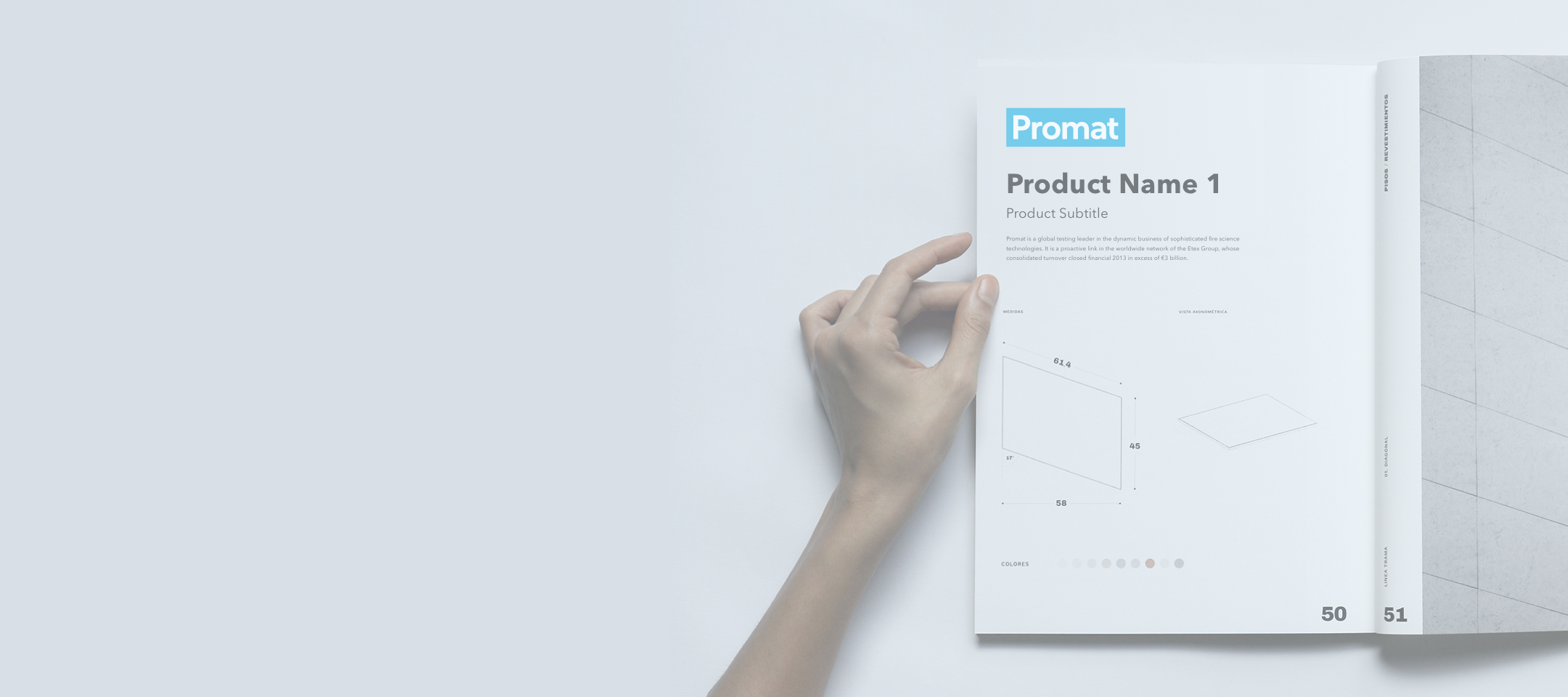Palm Jumeirah Tunnel, Dubai
The Palm Jumeirah development on the coast of Dubai is a man-made island in the shape of a palm tree extending into the Arabian Gulf.
The project was launched in 2001 with reclamation starting the same year.
Approximately 100 million cubic meters of sand were placed to form the Palm Jumeirah,which consists of a main trunk with a total of 17 fronds extending each side, all being encircled by a Crescent, which forms a breakwater. The island extends 5 kilometres into the Arabian Gulf area and is 5 kilometres wide.
The Crescent is connected to the trunk by a 1.4 kilometre long cut and cover, sea-crossing tunnel. In addition to vehicular traffic, a mono rail system is being constructed from the Gateway station for the entire length of the island’s trunk to the Atlantis station with two intermediate stations. On completion, The Palm Jumeirah which is envisaged to be one of the world’s premier living and tourism destinations, will contain a total of approximately 1540 villas in a number of distinctive styles. There will also be 20 shoreline apartment buildings of 13/14 levels containing a mixture of 1, 2 and 3 bedroom units, totalling approximately 2500 apartments. In addition to this there will be 4 large marinas and over 30 of the world’s top hotels.
Comments by Mr Akihiko Mochizuki, Project Manager for Taisei Corporation. Main Contractor, The Palm Jumeirah tunnel project.
“We ordered PROMATECT®-H boards in October 2005, with a schedule of required deliveries to meet our construction programme through to mid-2006. The boards were received on, or before, our required dates. The boards were well packed and protected and no transit damage was experienced.
We decided to set up a dedicated storage/workshop area on site, where we could prepare the boards prior to installation. This area was manned by a team of men who prepared and cut the boards. The same team was also responsiblefor installation.
Promat sent two engineers to site during our first few days of the project to give advice to our installation team. Promat
continued with periodic on-site advice during the project.
The PROMATECT®-H boards were supplied accurately cut and finished within the required dimensional tolerances. Our installation team found the boards easy to handle and place, as proved by the improved production and installation rate. The key point of the installation was the curved section, where each row of boards was placed on plywood in the workshop area and cut in one go. This resulted in minimising the gap between the boards as a result of Promat’s and Taisei’s idea.
The finished lining to the tunnel provided a pleasant appearance with minimised gaps between boards.”
- Type
- Tunnel
- Brands
- PromatConstruction











